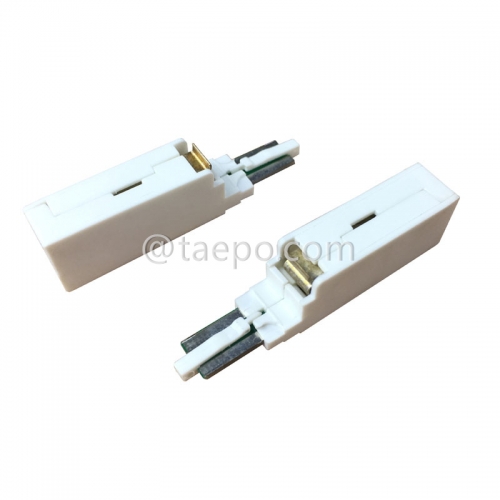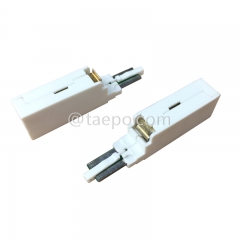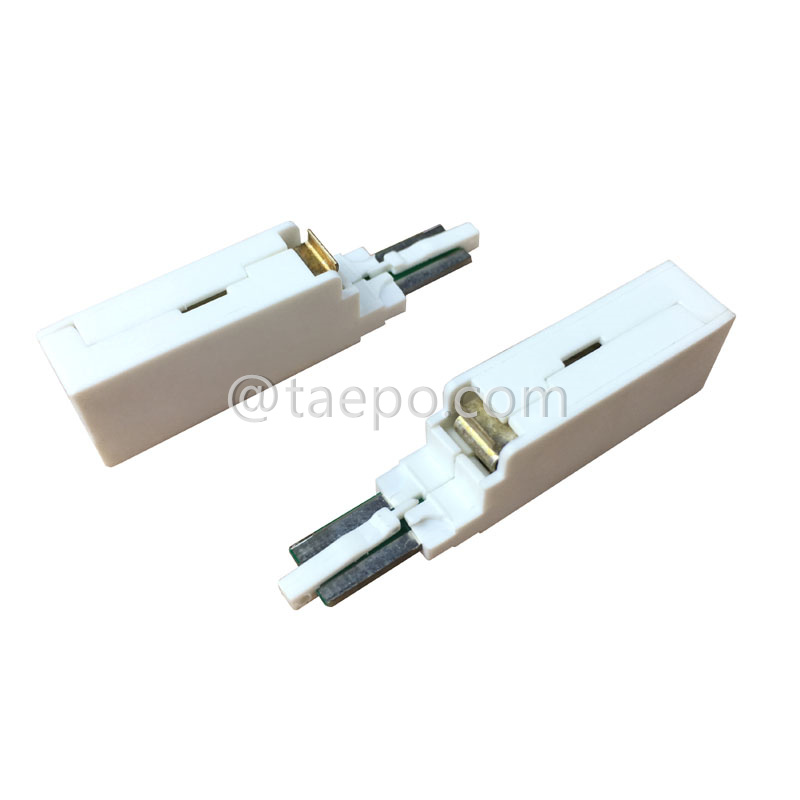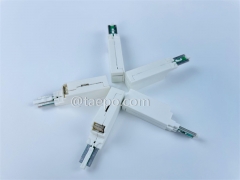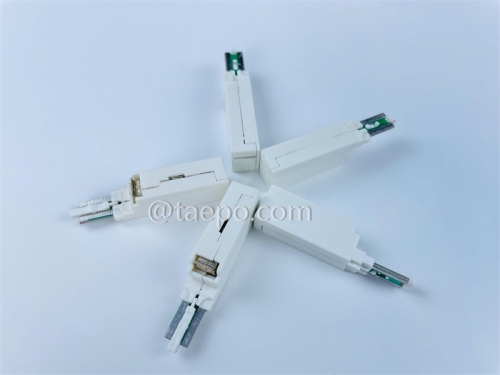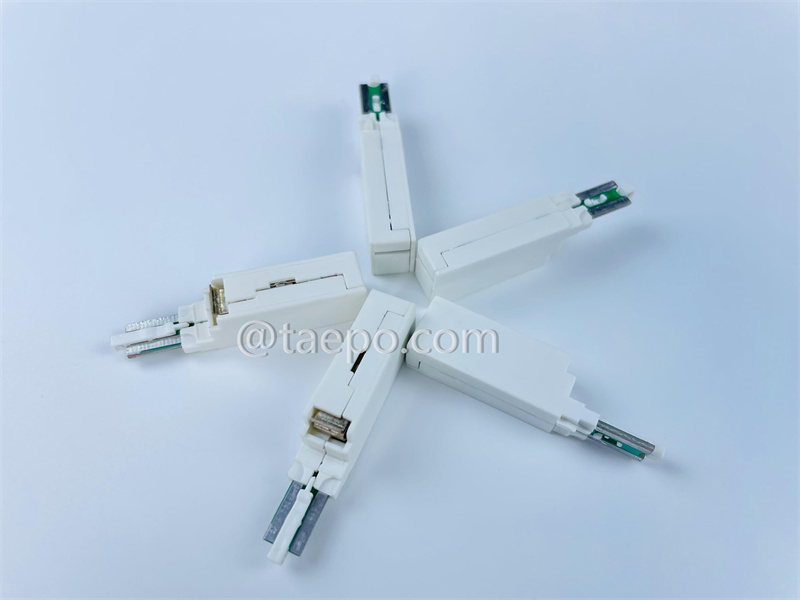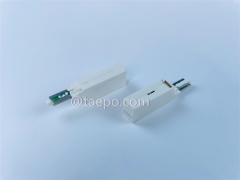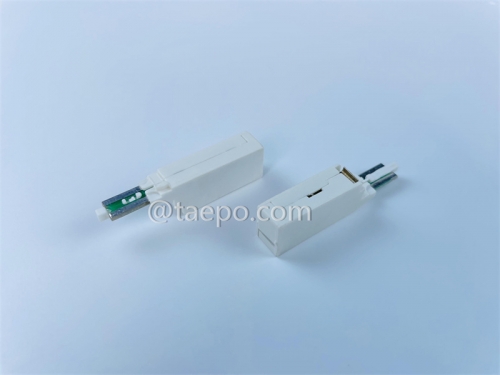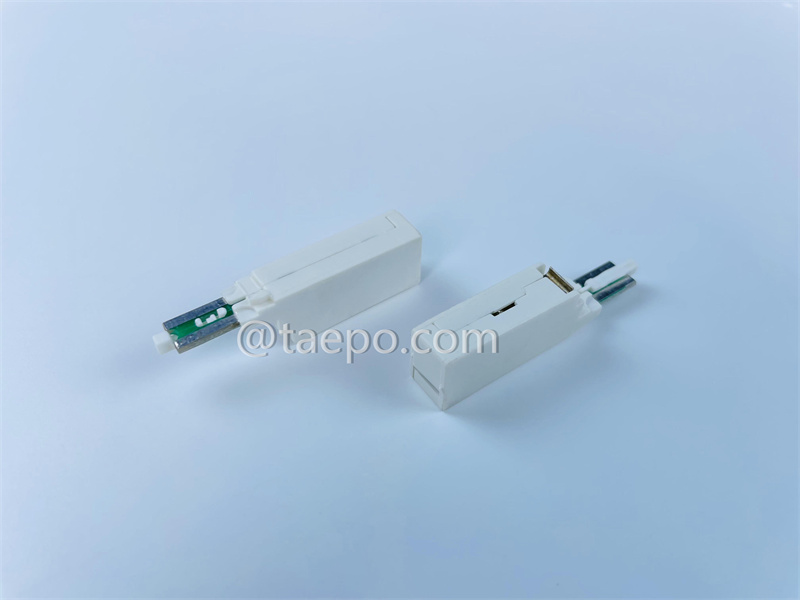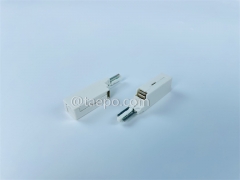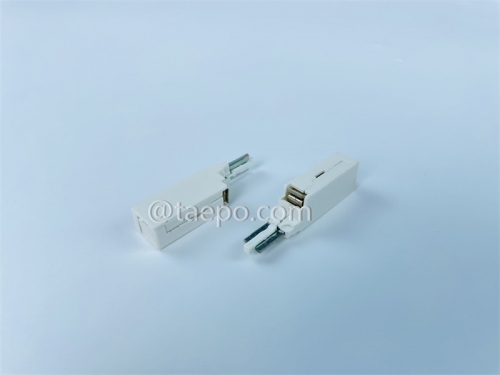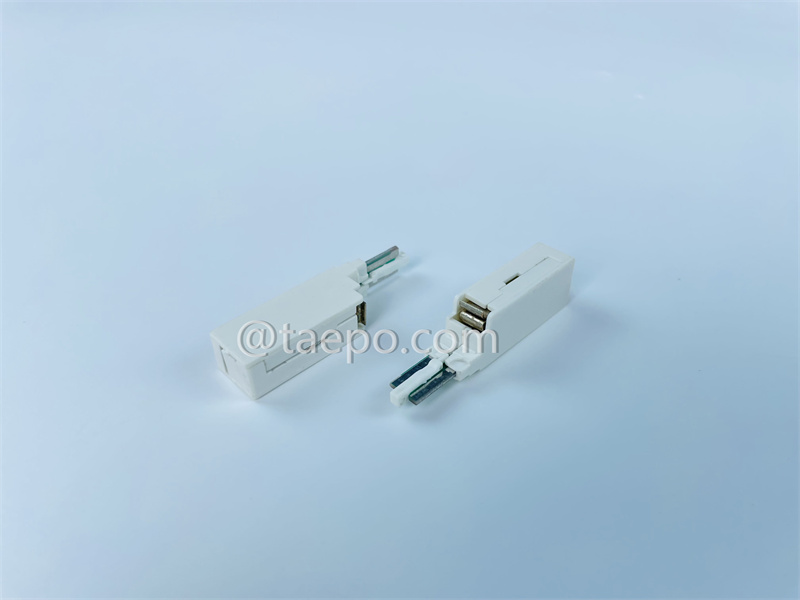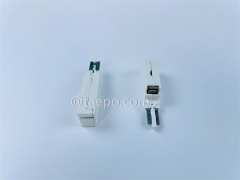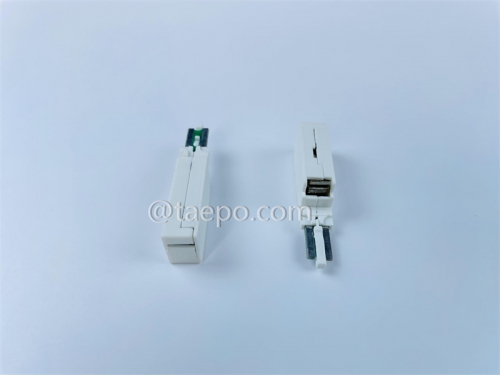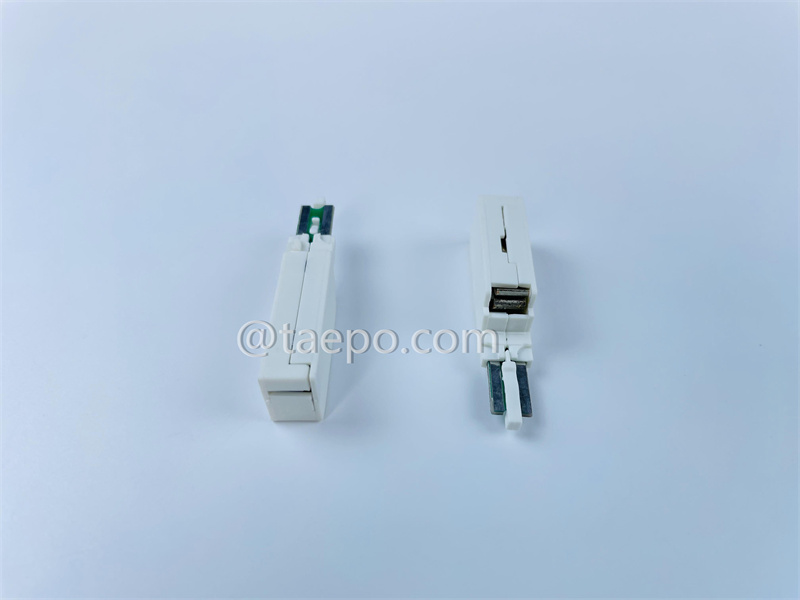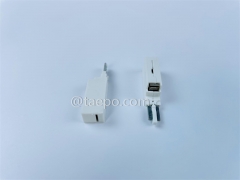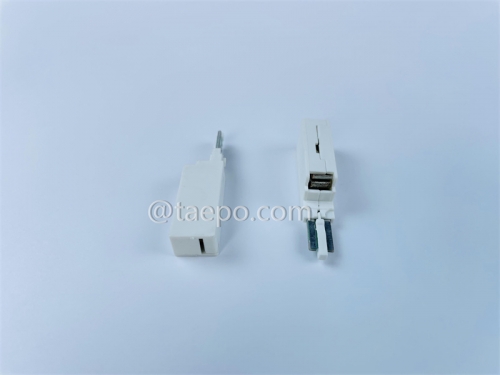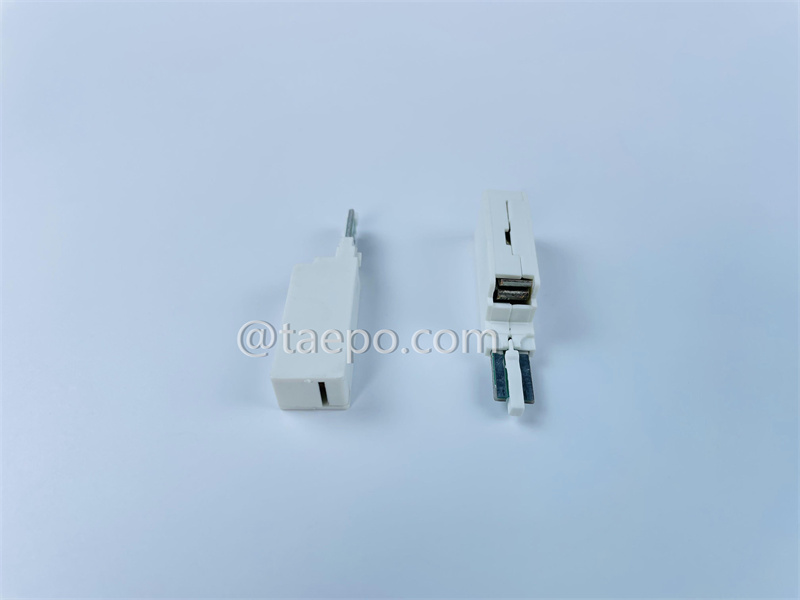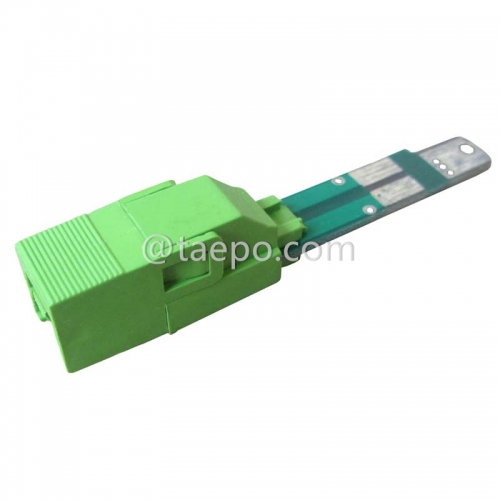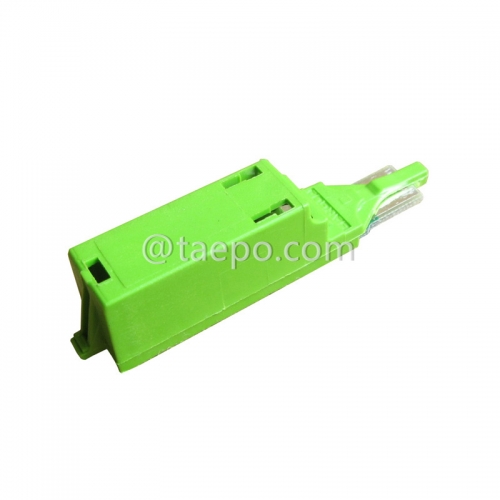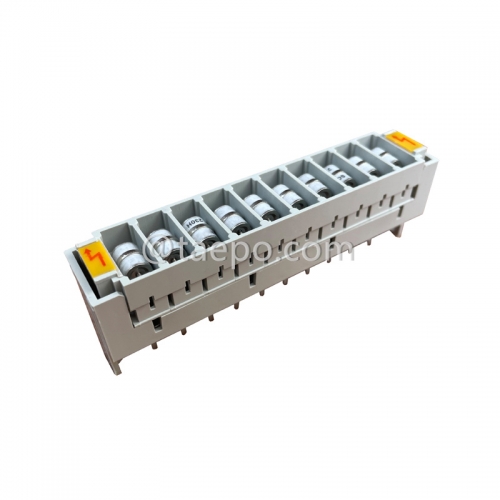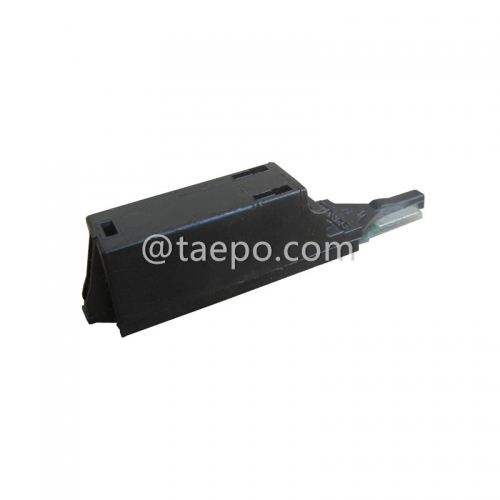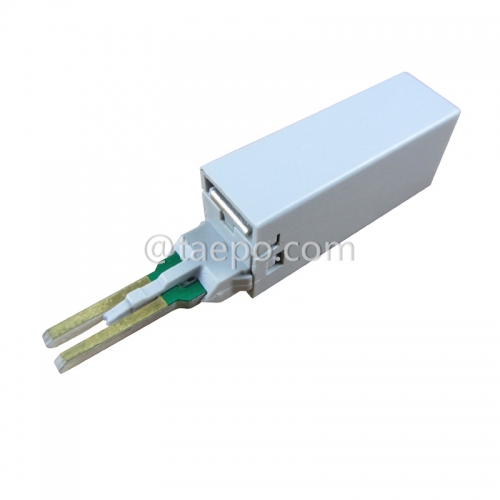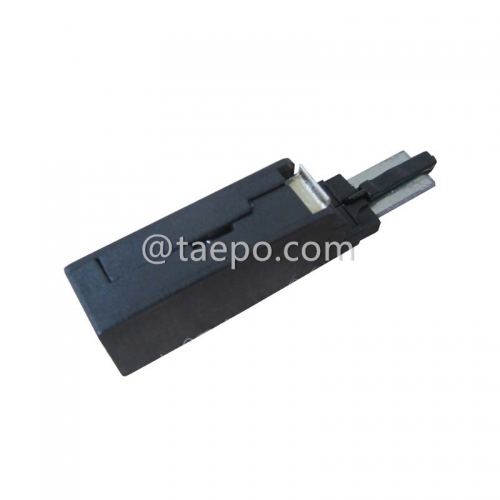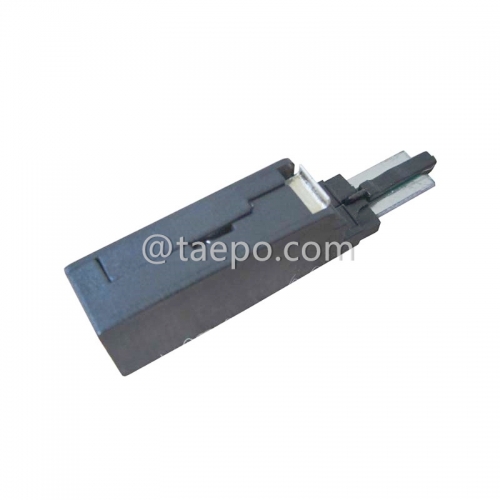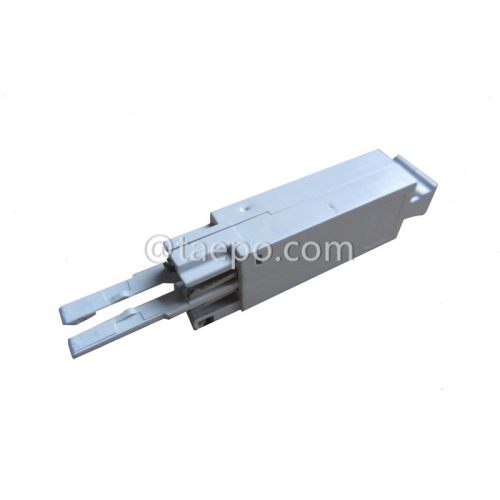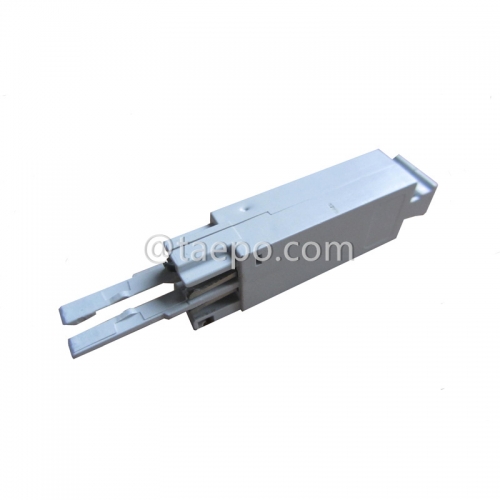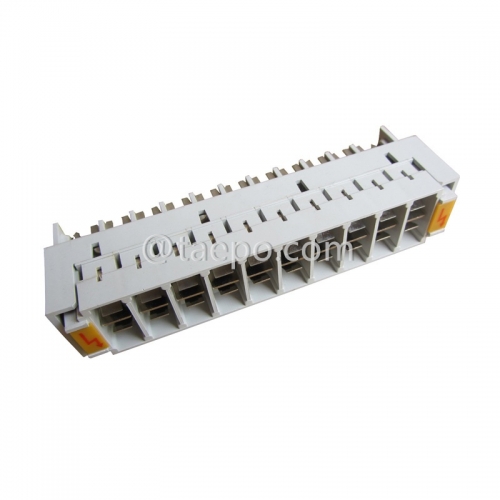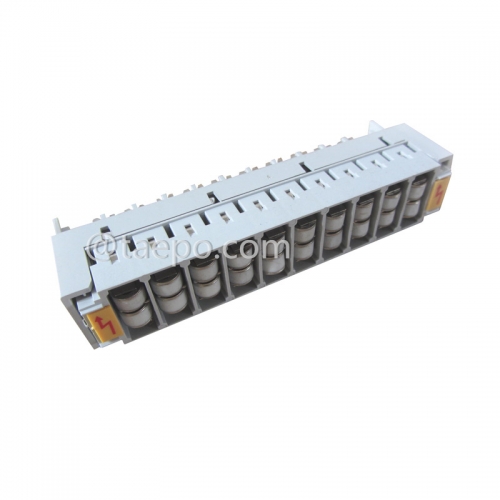TAEPO - Your Trusted Chinese Manufacturer of MDF Protector with Professional Expertise!
What exaclty is a MDF Protector?
DESCRIPTIONS
1 pairs MDF protector (TP-1520-1GP) is used for LSA modules, which forms the protection circuit for the protection of exchange room equipments and personnel against over voltage and over current, for mainly as follows:
- The surge voltage caused by lightning on or around the outside lines.
- The short-time AC voltage inducted on external lines, when the power line, the power system or the electric railway system is broken down in the neighborhood of the outside line.
- The outside line directly collides against a 220 V power line.
The housing of the protector is flame retardant, high temperature resistance and aging resistance. It is 1 pair modular design protector, also called Mini PEI. Its compact form factor ensures compatibility with high-density cabling environments. Reliable, field-tested, and compliant with major telecom standards, this protector supports network integrity across a wide temperature range and is suitable for both indoor and sheltered outdoor environments.
MAIN FEATURES
- Modular Single Pair Design: Designed to protect and manage a single pair of lines within a modular system, offering flexibility and scalability for telecommunication networks.
- Reliable Connections: Ensures secure and consistent connectivity, reducing risks of signal loss and performance interruptions during operation.
- Easy Installations: Simplified structure allows quick and hassle-free installation without the need for special tools, minimizing downtime.
- Maintenance Free: Built for long-term operation with no need for regular maintenance, saving both time and cost in service applications.
- Graded 3 Point Protection: Offers three-stage surge and over-voltage protection for improved safety.
- Fail Safe (FS) Function: Integrated fail-safe mechanism guarantees continued operation even under extreme fault conditions, preventing damage to equipment.
- Front Pluggable Single Pair Protector: Allows easy front-side insertion and replacement of protector modules, improving accessibility and service convenience.
- Non-Radioactive: Constructed with safe materials free of radioactive components, ensuring compliance with environmental and safety standards.
- Low Insertion Loss: Engineered to maintain high signal integrity by minimizing insertion loss, preserving transmission quality.
- Excellent Response to Fast Rising Transients: Delivers quick reaction to sudden surge events, protecting sensitive circuits from damage.
- Ultra Low Capacitance: Designed with very low capacitance levels, making it suitable for high-speed data and broadband transmission applications.
SCHEMATIC DIAGRAMS
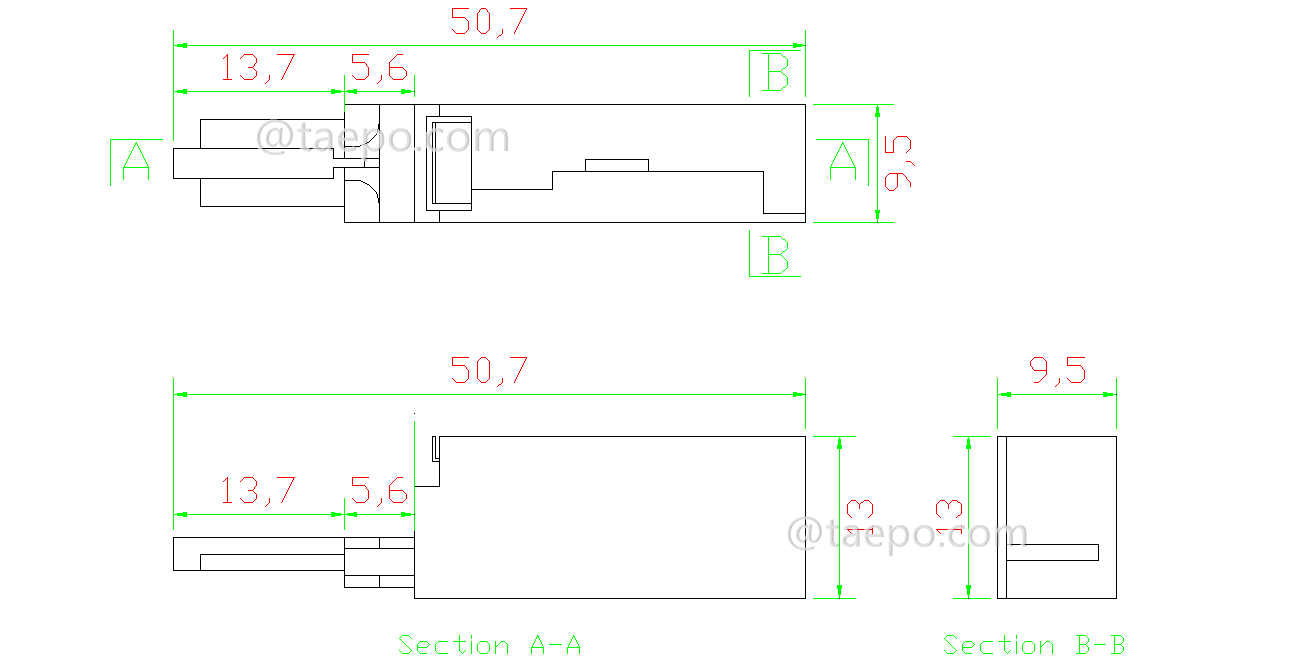
ILLUSTRATION PICTURES
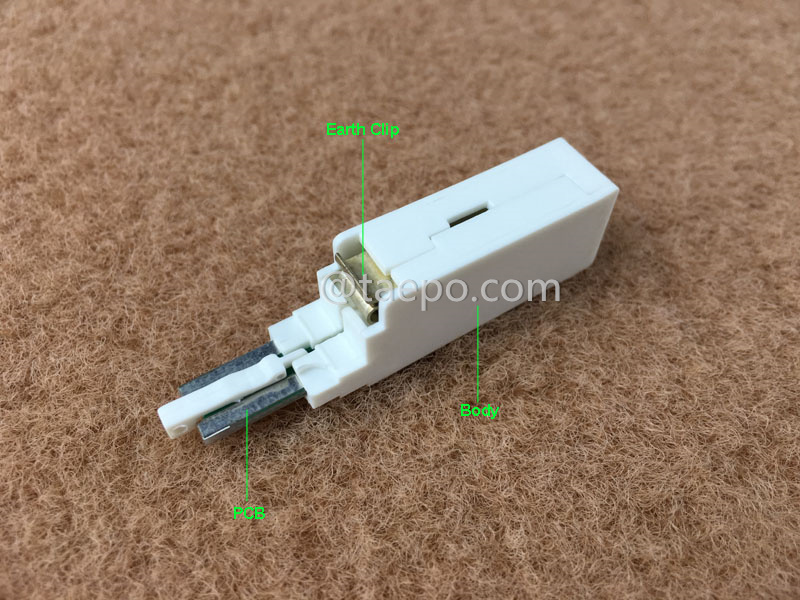
PACKING PICTURES
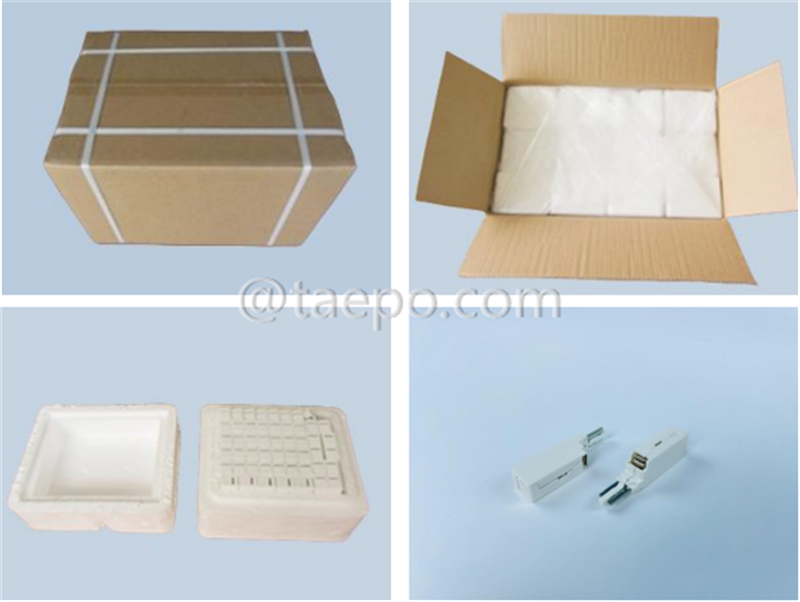
ORDER DATA
| Item No |
Descriptions |
| TP-1520-1GP |
1 pair MDF protector for LSA module, against over-voltage over-current protection |
RELATED PRODUCTS
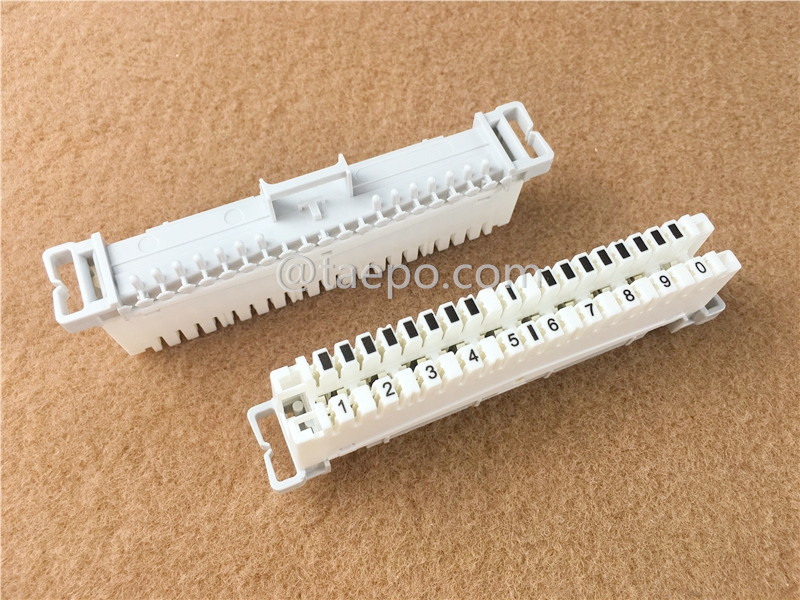
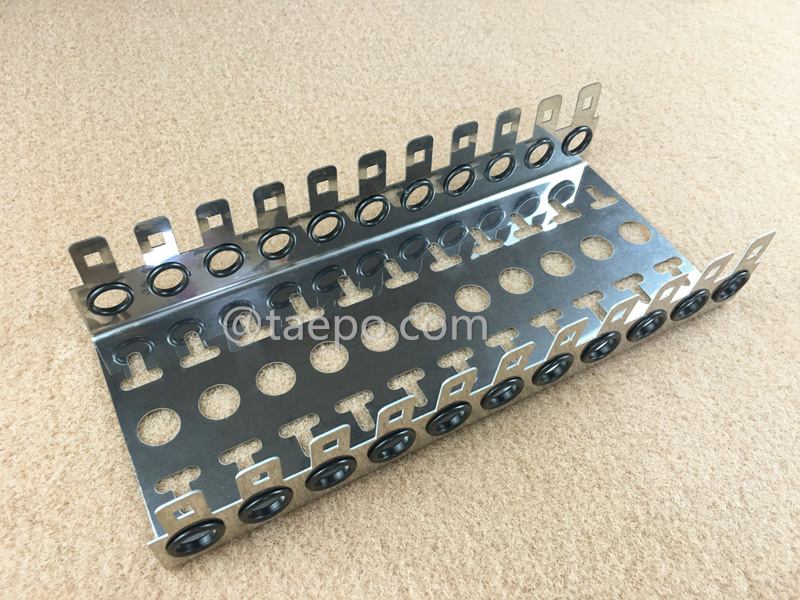
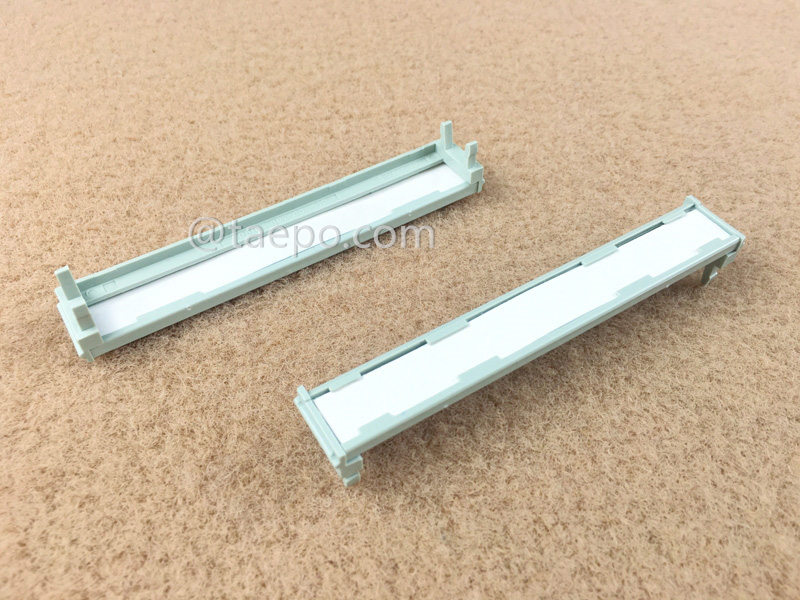
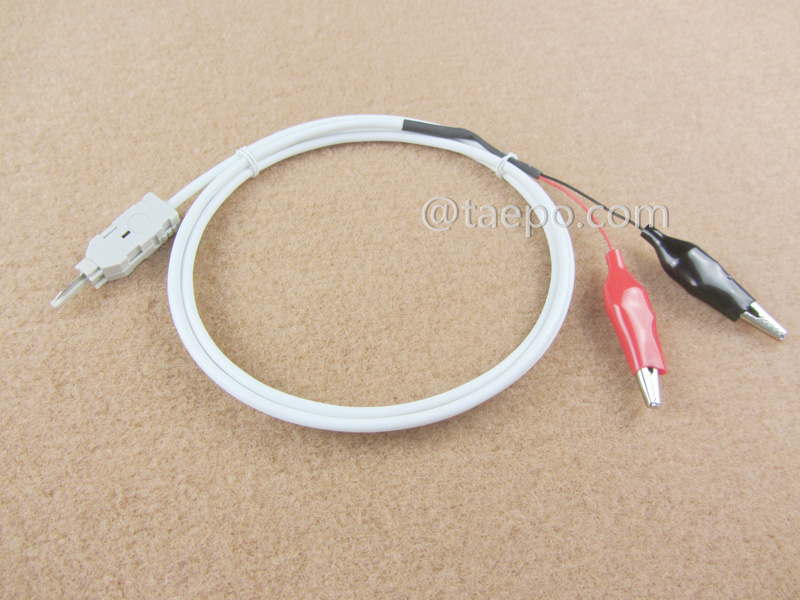
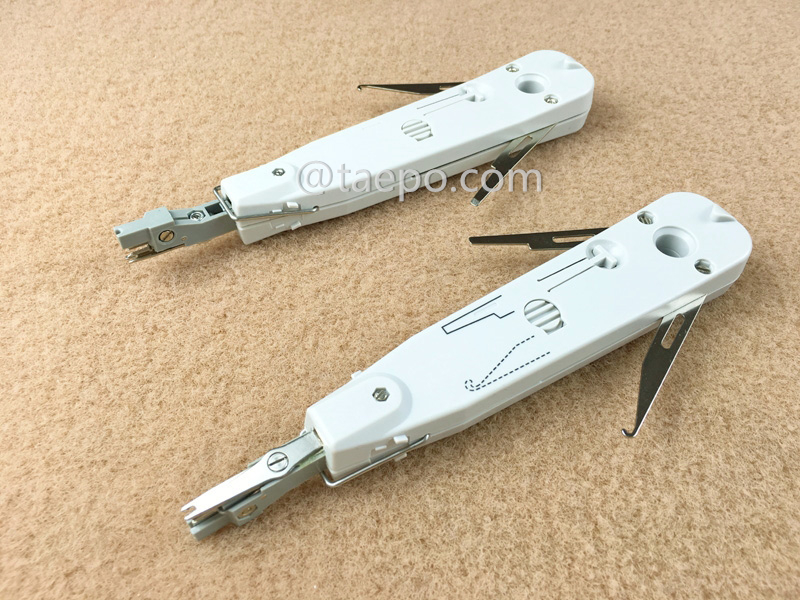
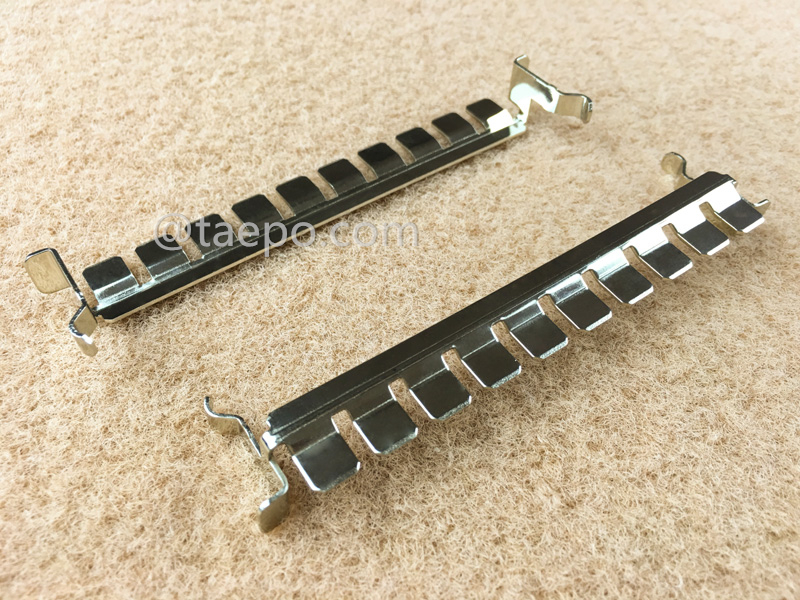 TP-1201-10 10 pairs LSA disconnection module
TP-1212-10-11 10 pairs LSA back mount frame, 11 ways
TP-1214-10D 10 pairs hinged label holder for LSA module, double sided
TP-1220-2TA 2-pole test cord, LSA test plug to alligator clip, 1.5m
TP-1201-10 10 pairs LSA disconnection module
TP-1212-10-11 10 pairs LSA back mount frame, 11 ways
TP-1214-10D 10 pairs hinged label holder for LSA module, double sided
TP-1220-2TA 2-pole test cord, LSA test plug to alligator clip, 1.5m
TP-1221-S LSA insertion tool, with sensor
TP-1242-10 10 pairs earth bar for LSA module

